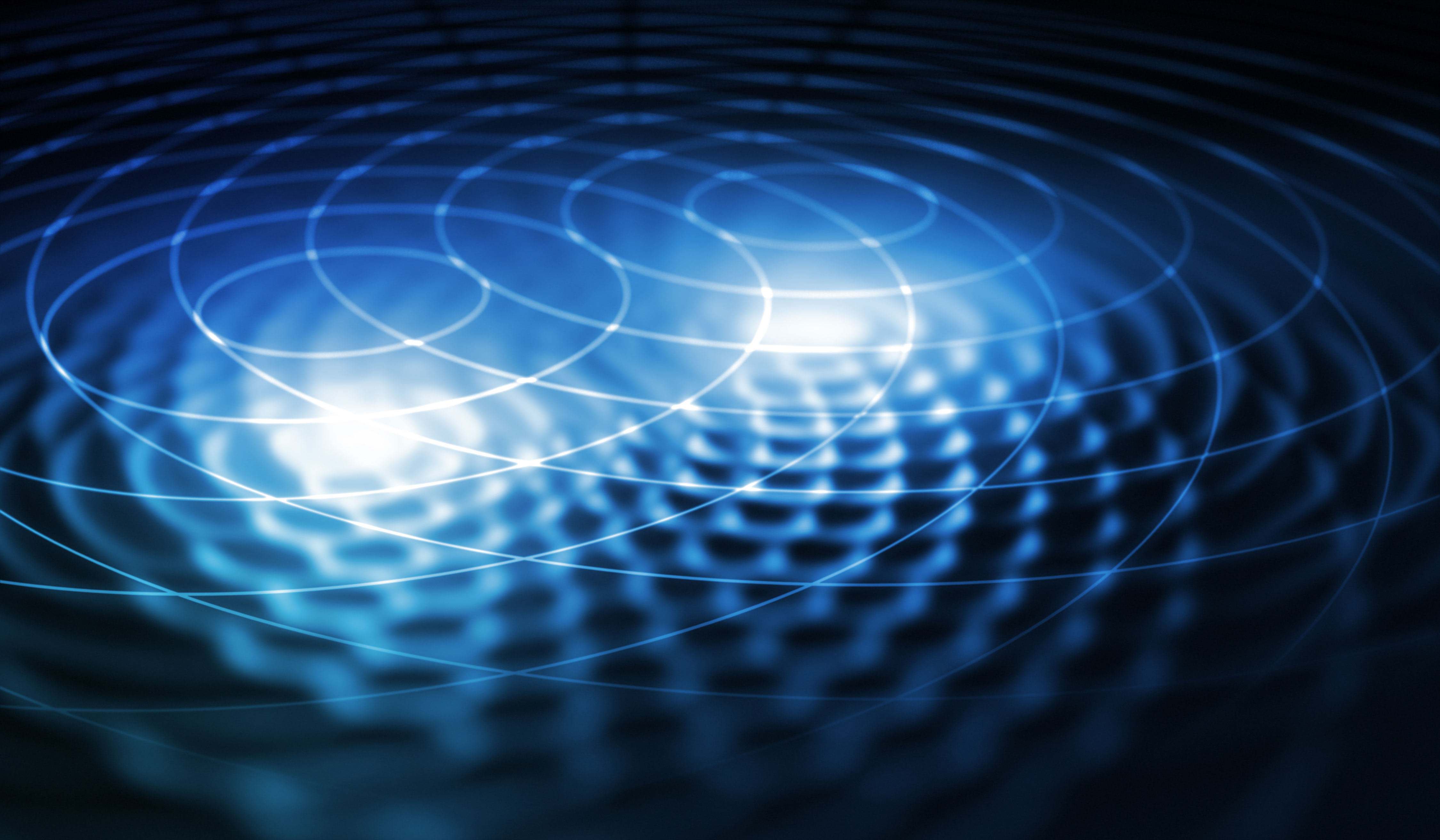
Controlling Materials Properties Through Nanoscale Patterning
By confining the transport of electrons and ions in a patterned thin film, scientists alter the material's properties for next-generation electronics.

By confining the transport of electrons and ions in a patterned thin film, scientists alter the material's properties for next-generation electronics.
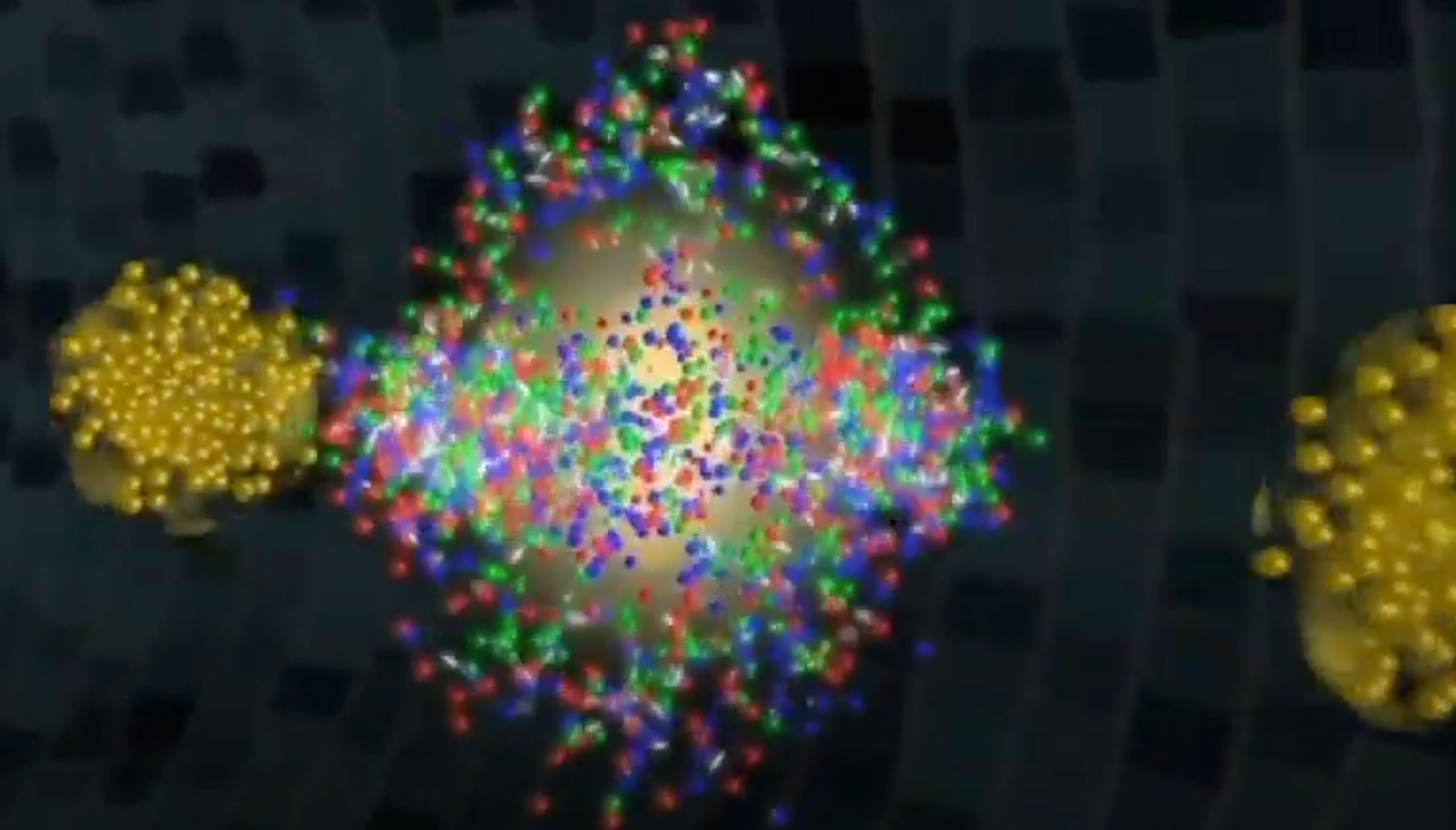
Study reveals that initial state conditions set up particle flow patterns, helping zero in on key properties of matter that mimics the early universe.
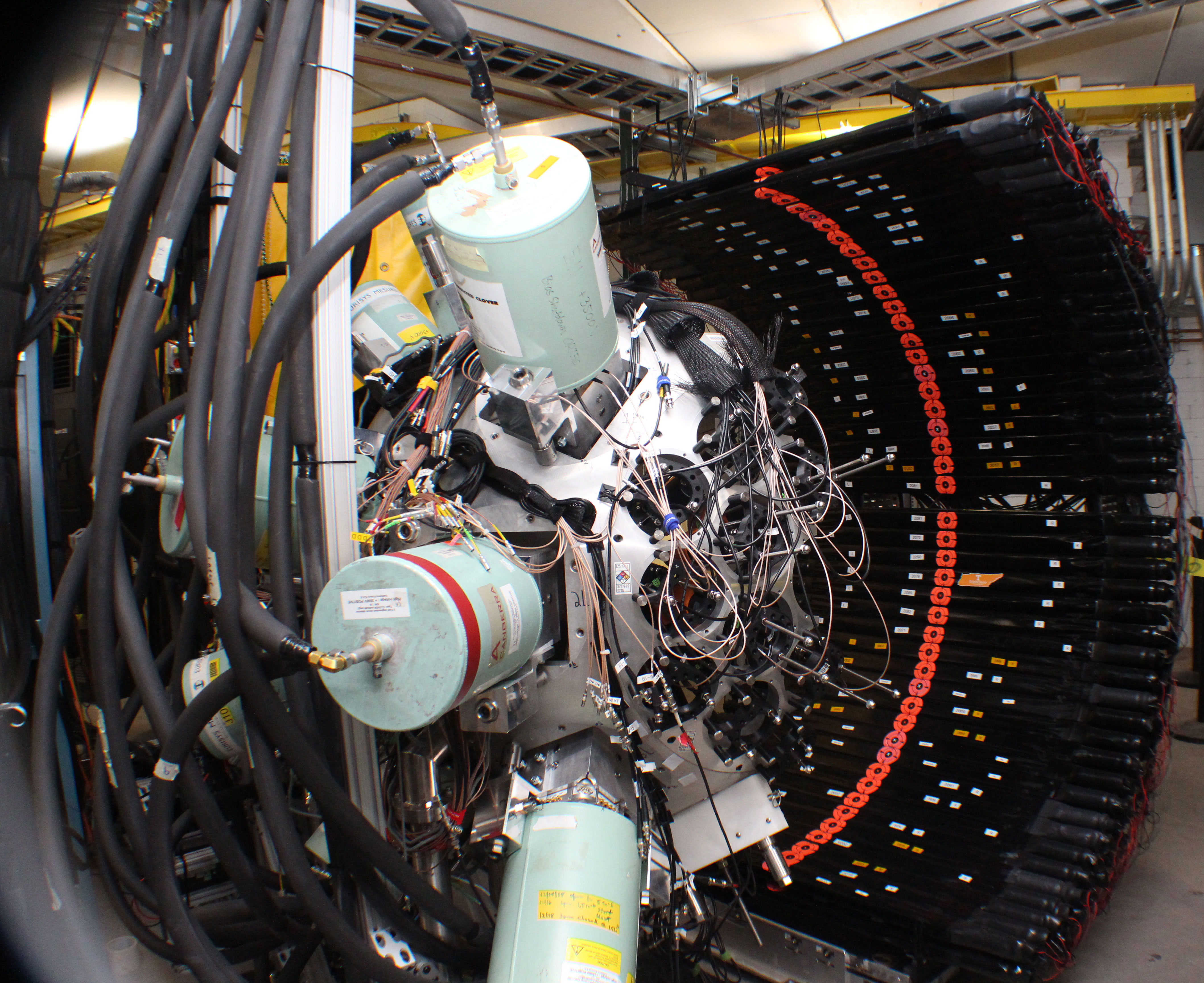
Researchers have published the results from the first experiment at the Facility for Rare Isotope Beams, measurement of 5 new half-lives, in Physical Review Letters.

Researchers identify previously uncharacterized aerosols over an agricultural region in Oklahoma.
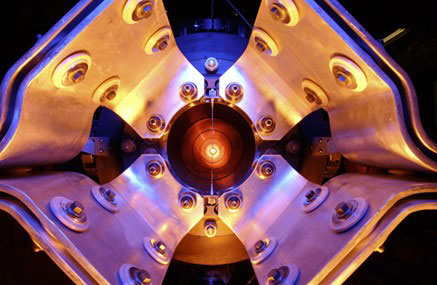
The MINERvA experiment in the NuMI beam at Fermilab has made the first accurate image of the proton using neutrinos instead of light as the probe.

Theorists' hydrodynamic flow calculations accurately describe data from collisions of photons with lead nuclei at the ATLAS experiment.
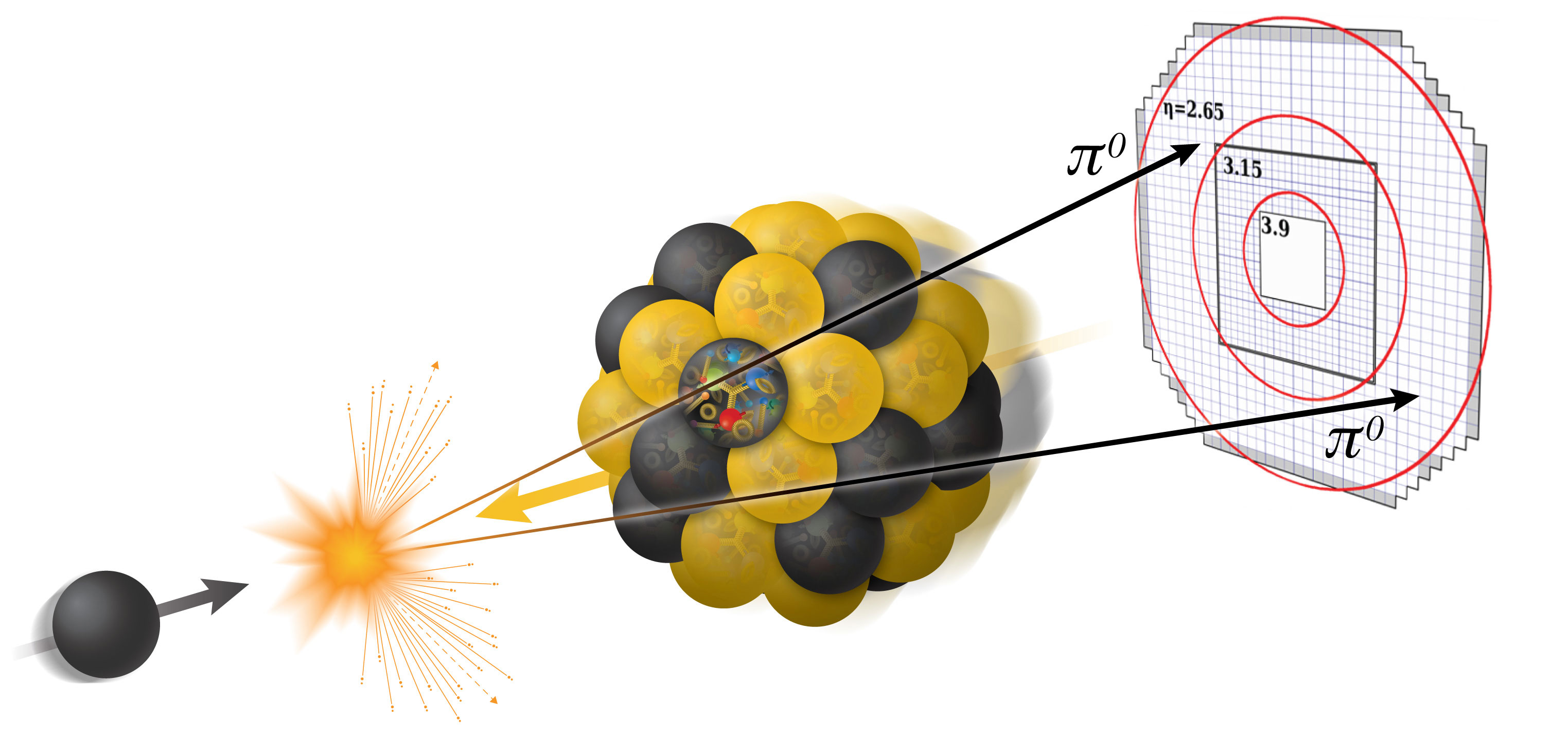
Suppression of a telltale sign of quark-gluon interactions indicates gluon recombination in dense walls of gluons.
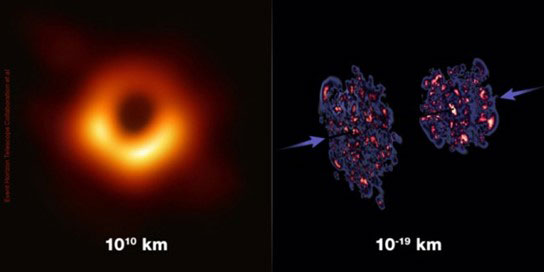
Physicists show that black holes and dense state of gluons—the “glue” particles that hold nuclear matter together—share common features.
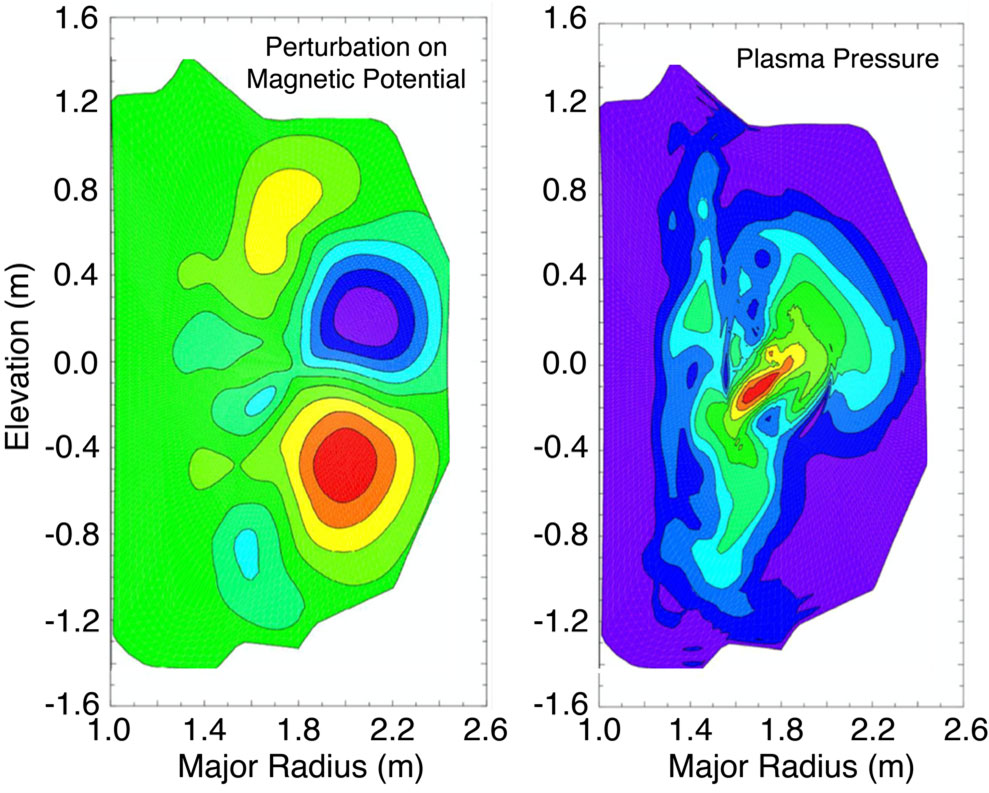
Plasma simulations, theory, and comparison with experiment show that resistive wall tearing mode can cause energy loss in tokamaks.
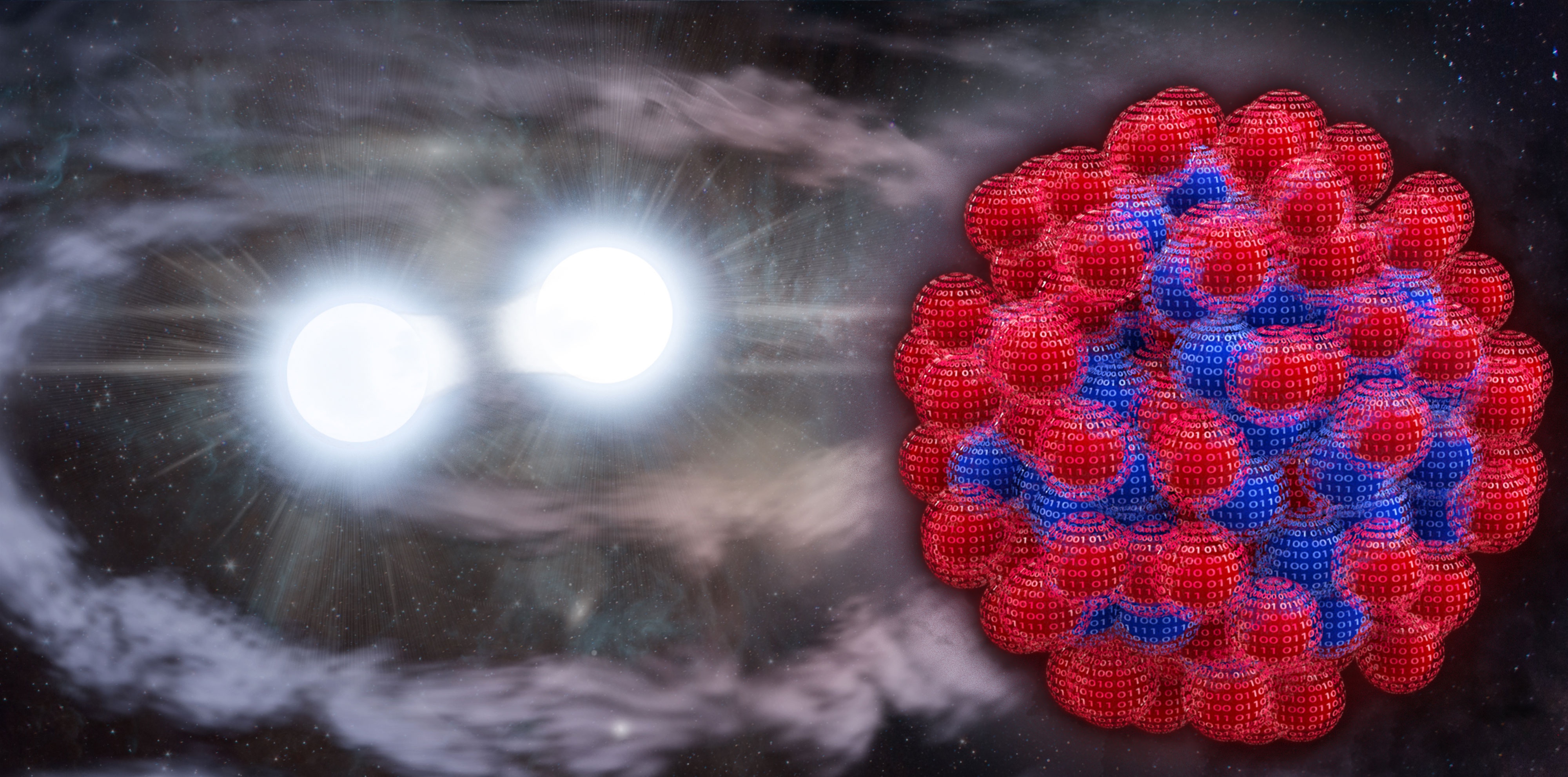
Powerful statistical tools, simulations, and supercomputers explore a billion different nuclear forces and predict properties of the very-heavy lead-208 nucleus.
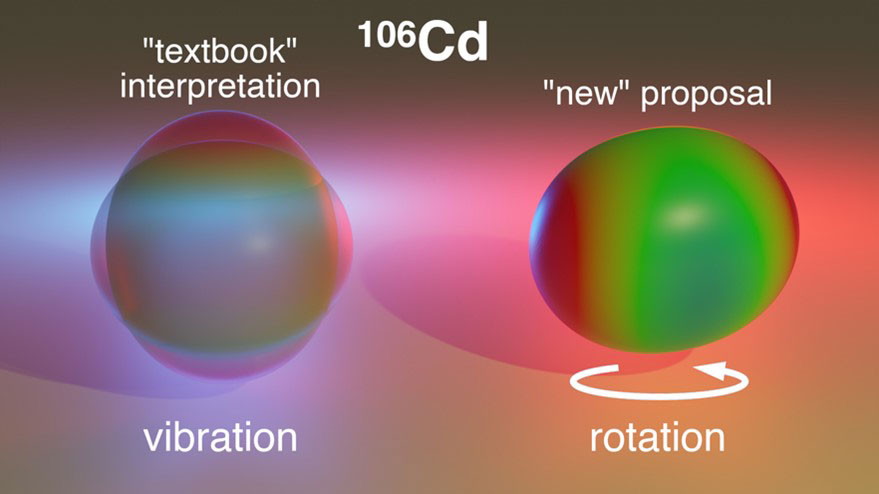
In conflict with a long-held explanation of cadmium isotope motion, a new experiment found that cadmium-106 may rotate instead of vibrate.
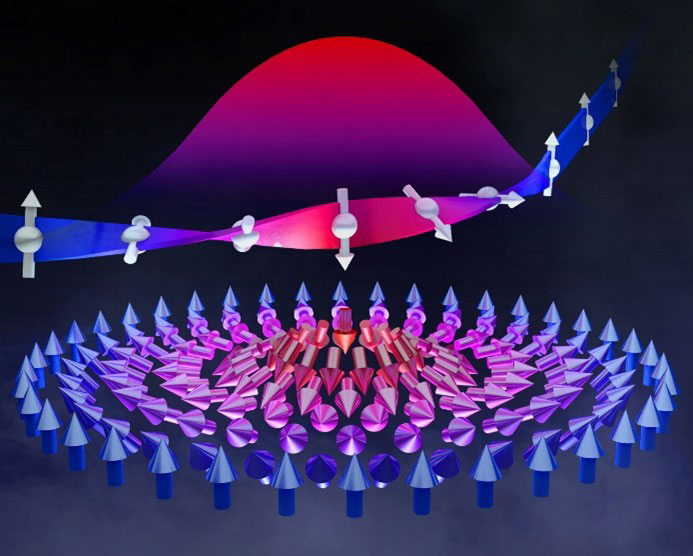
Interfaces made by stacking certain complex oxide materials can tune the quantum interactions between electrons, yielding exotic spin textures.